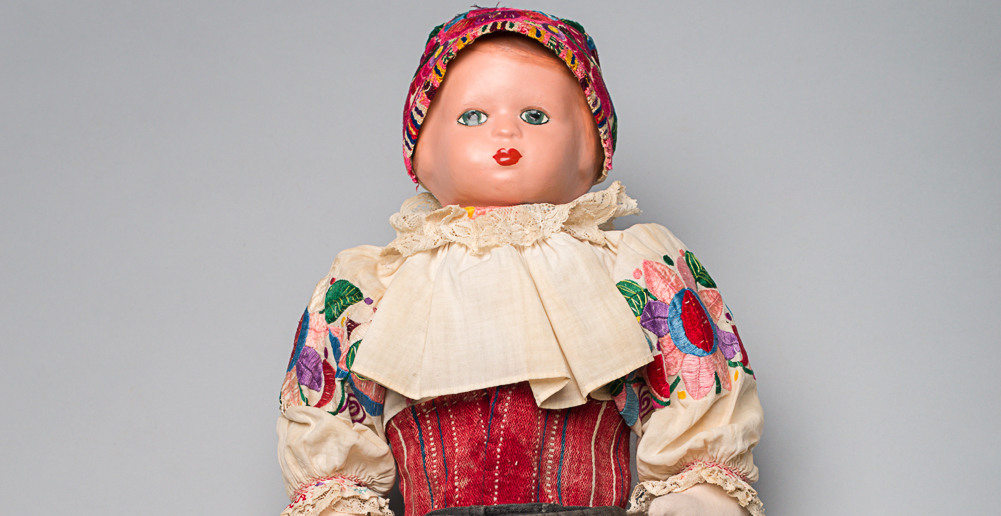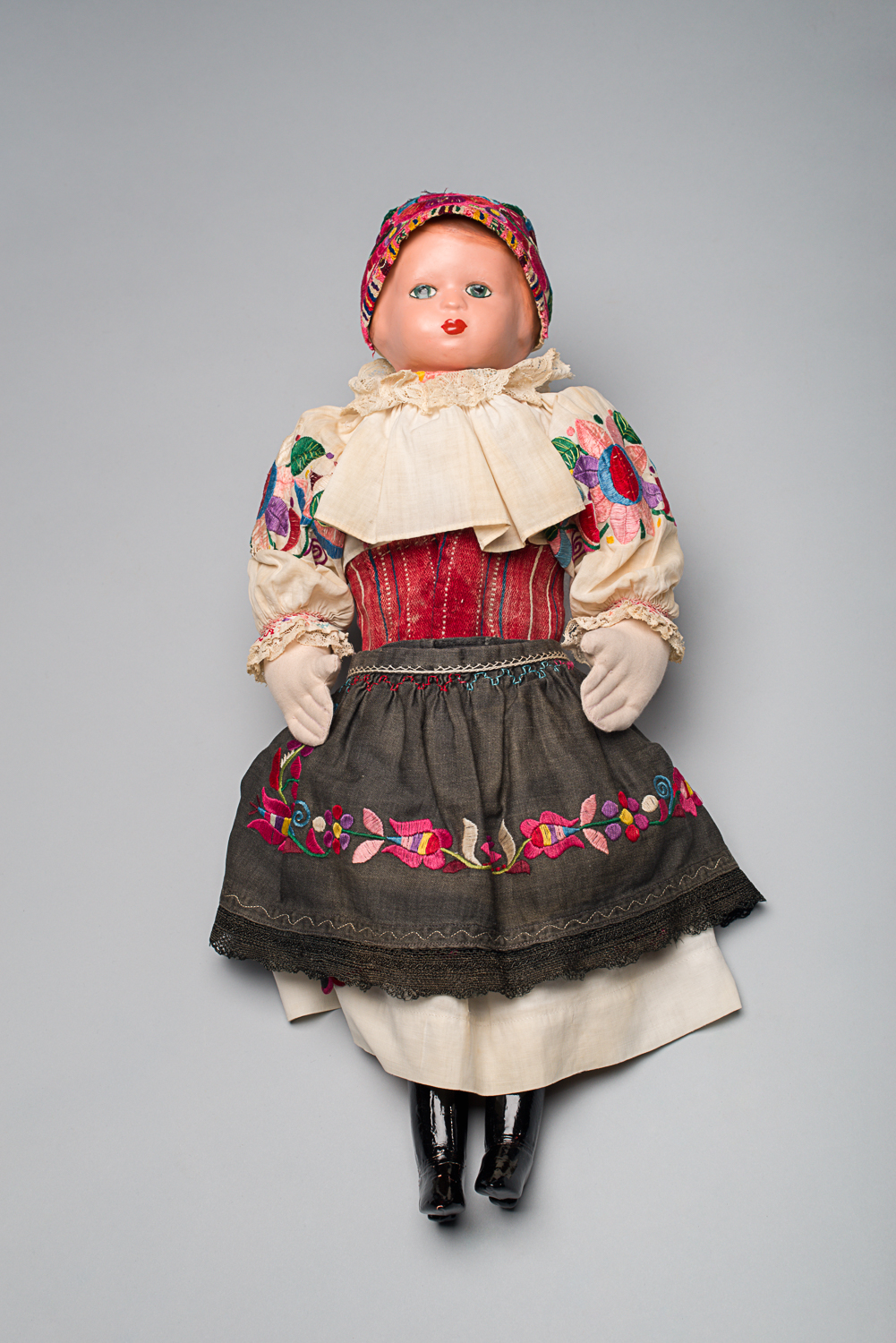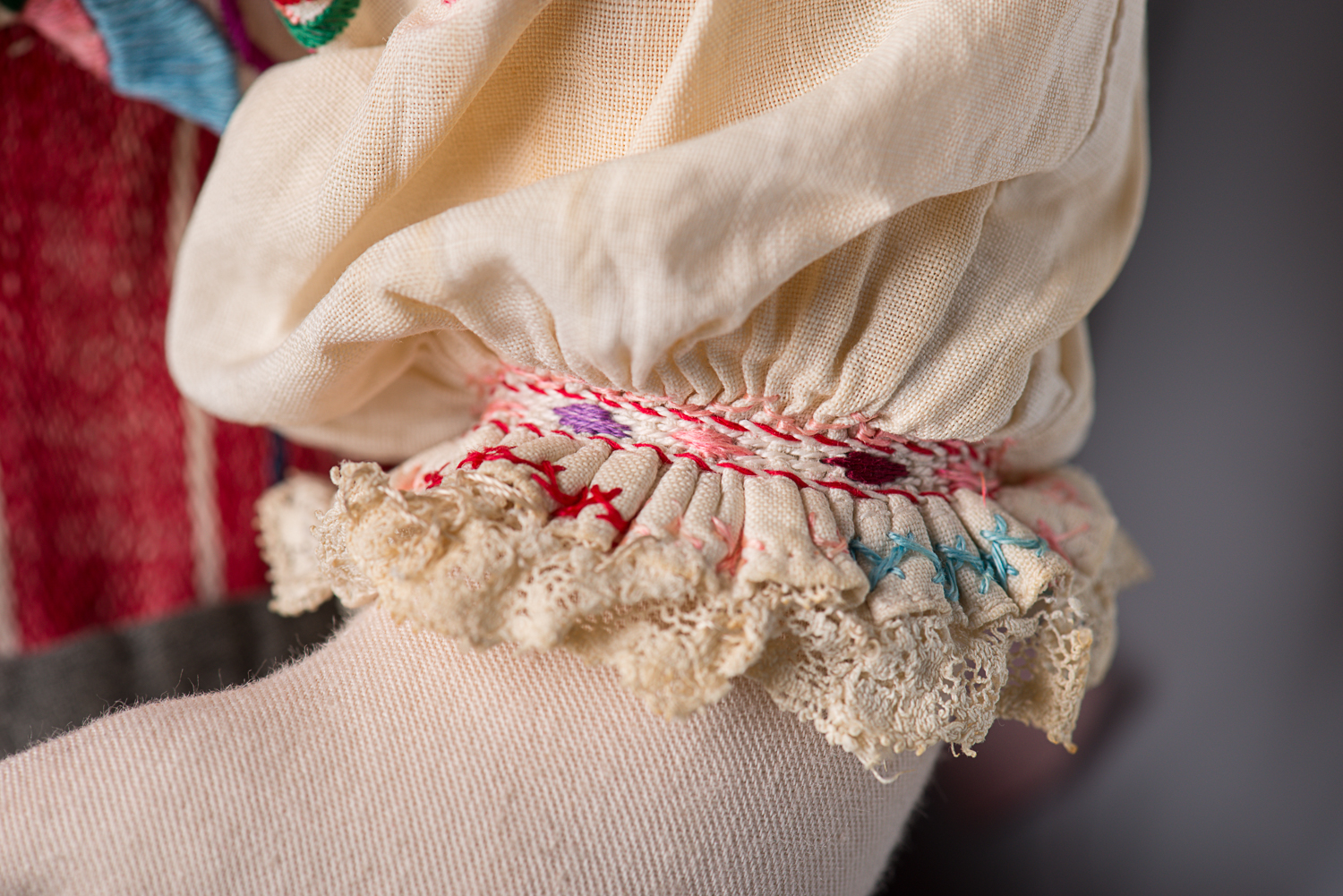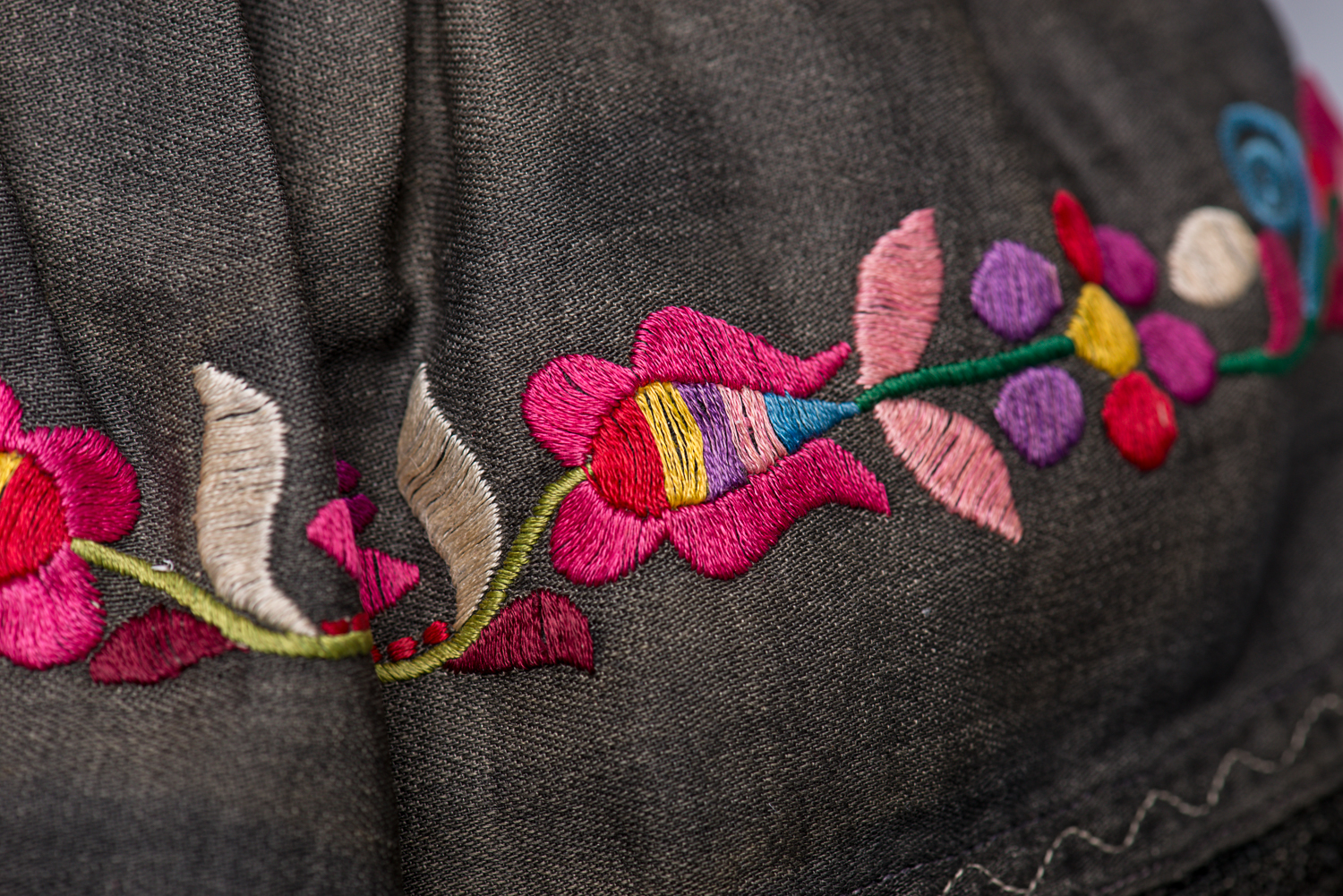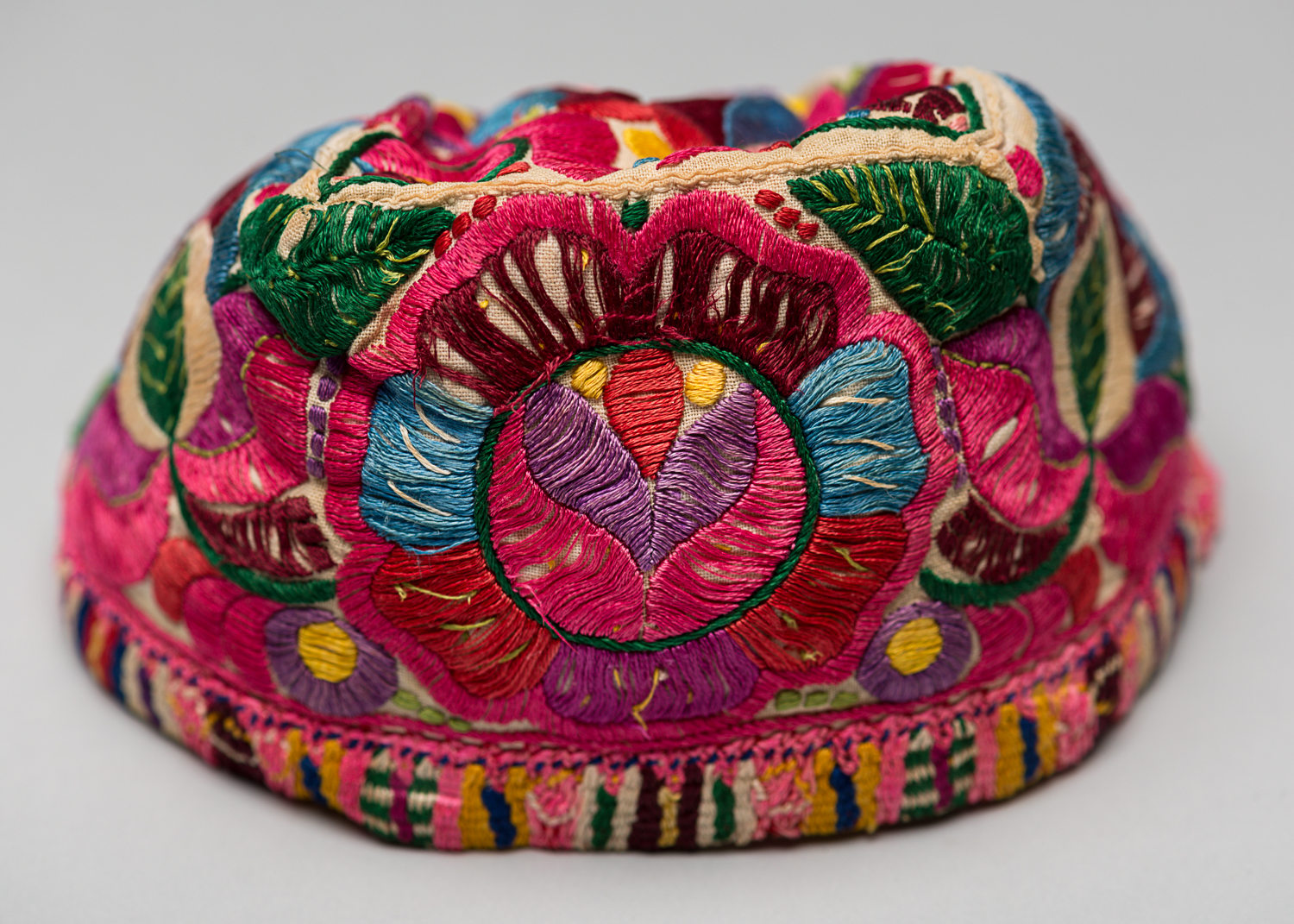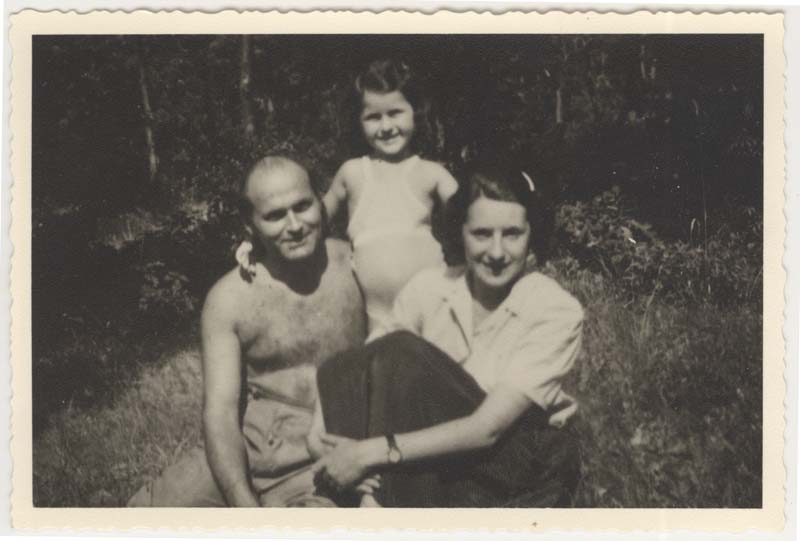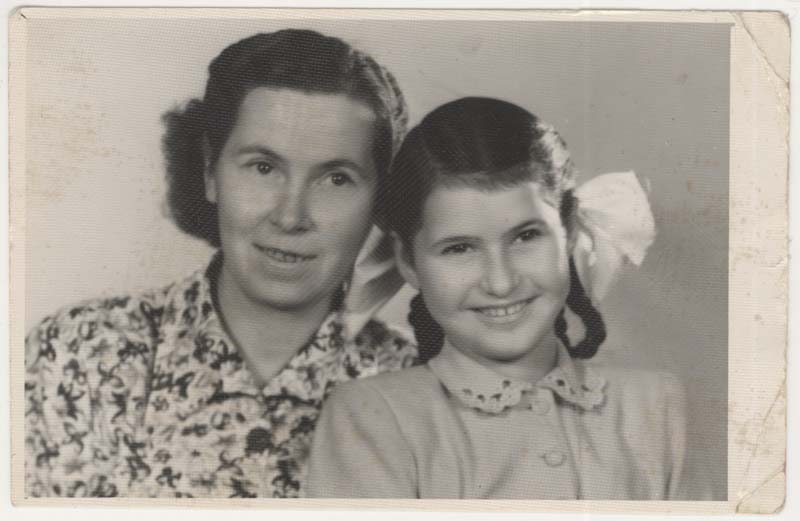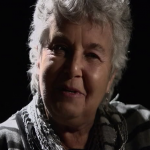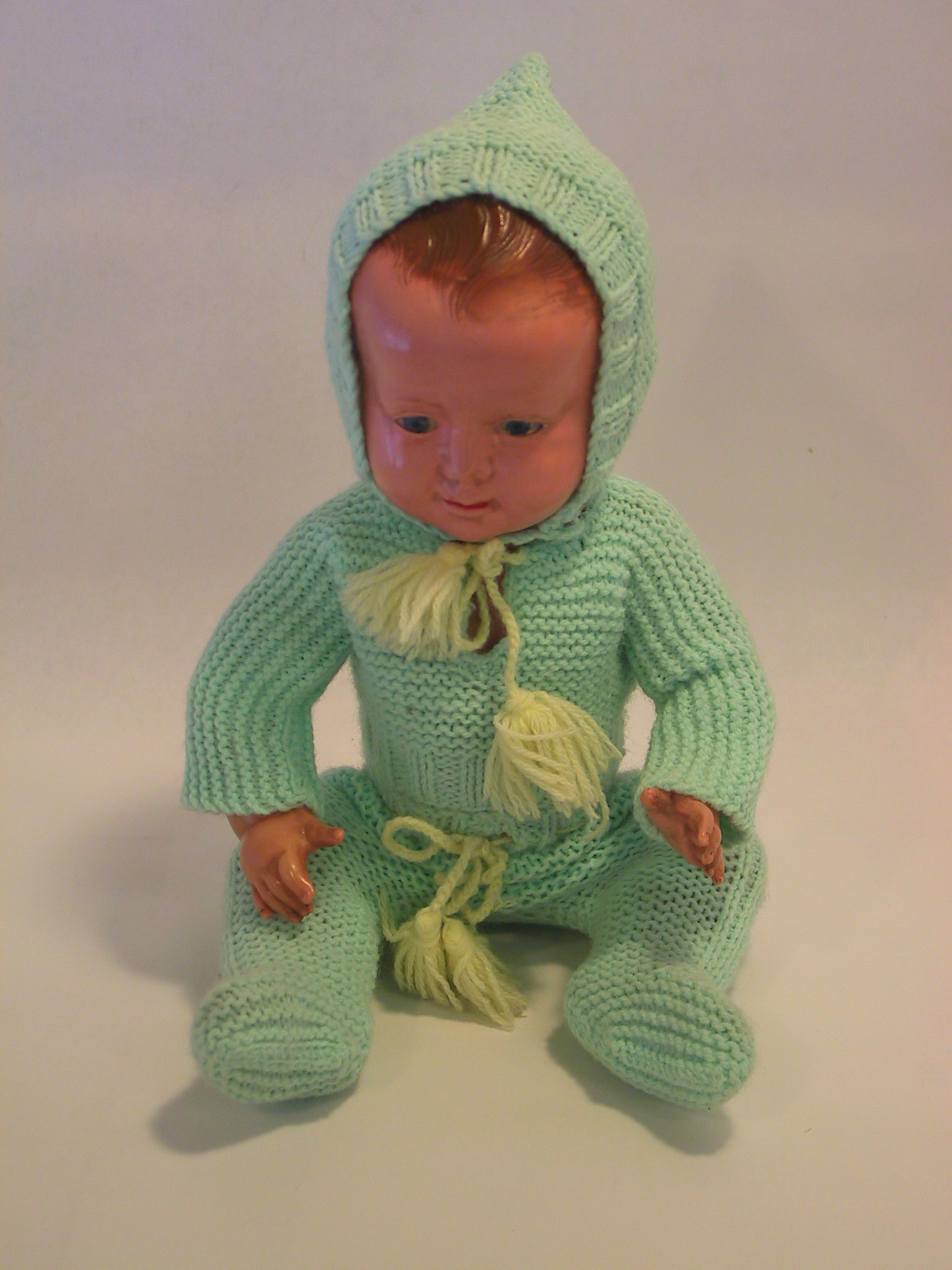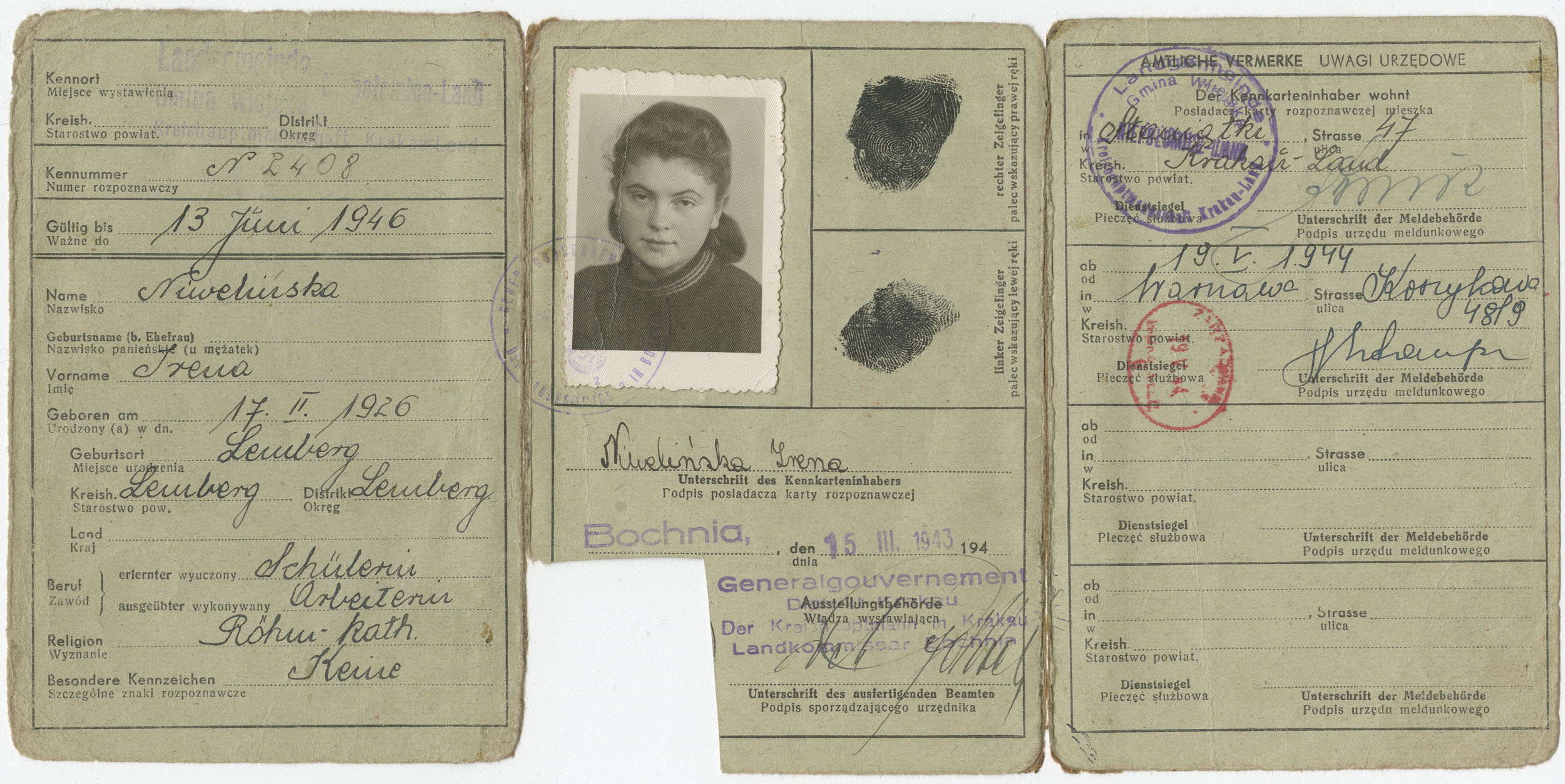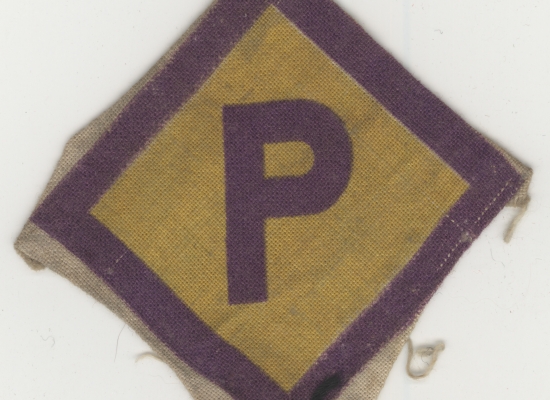This doll wears clothing and a hat embroidered with colourful flowers. The doll and its clothing were handmade by Daisy’ family’s maid in the traditional Slovakian style. Daisy received the doll when she was two years old and named her Tonicska.
Daisy Leierova: A Hidden Child in Slovakia
The Leier’s were a wealthy family from Nitra, Slovakia. Daisy’s father worked as a manager for a refined sugar factory. They had a maid named Antonia Nicodemova, a non-Jewish woman whom Daisy called Tonka. In 1943, Daisy’s parents sent her into hiding at Tonka’s family home in Solčany. They later relocated to Šoporňa to avoid suspicion. Daisy, her doll and Tonka remained there until the end of the war.
Starting anew
After liberation, seven-year-old Daisy returned to Nitra and learned that her parents had been killed. They were discovered by the Nazis while hiding in a bunker and deported to Auschwitz and later murdered. Daisy’s aunts, Rosa and Maria Leier, went to Slovakia to bring Daisy to live with them in Hungary. It was very difficult for Daisy to leave Tonka. Daisy and her aunts left the country during the Hungarian Revolution of 1956 and immigrated to Canada
The three women settled in Montreal where Daisy married and had two children.
Daisy Gross donated her doll to the Montreal Holocaust Museum in 2016.
This project is part of the implementation of the Plan culturel numérique du Québec.
